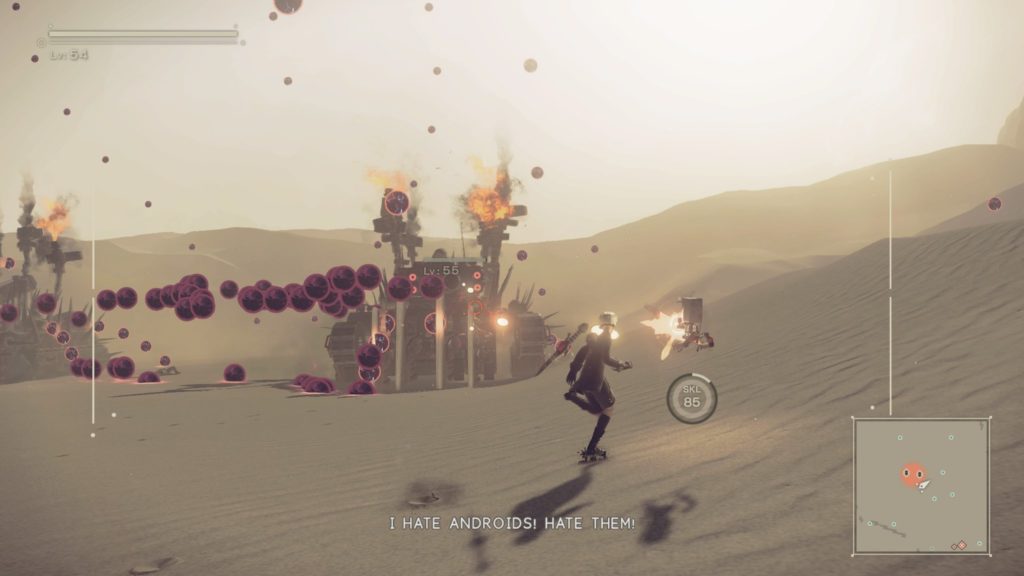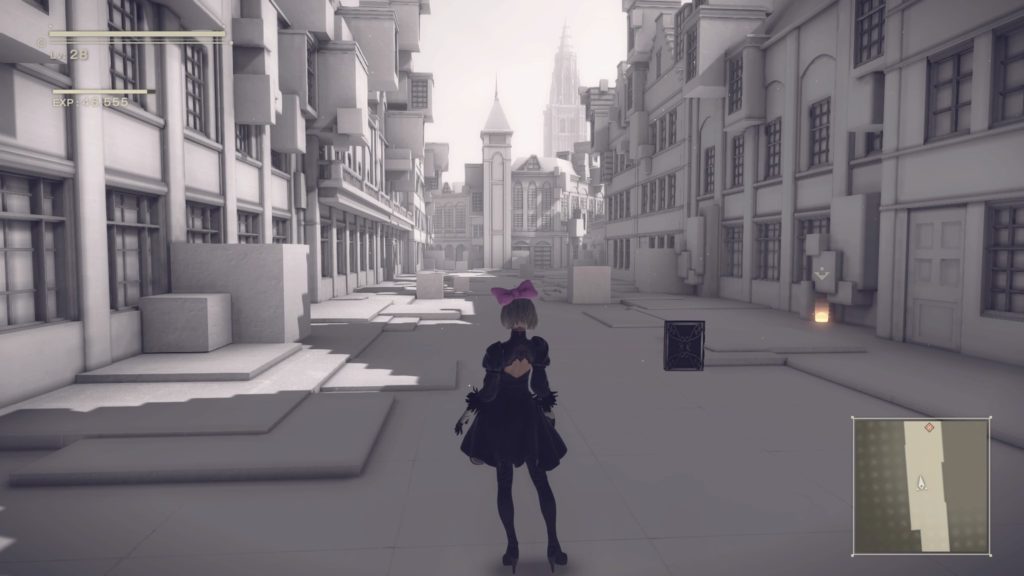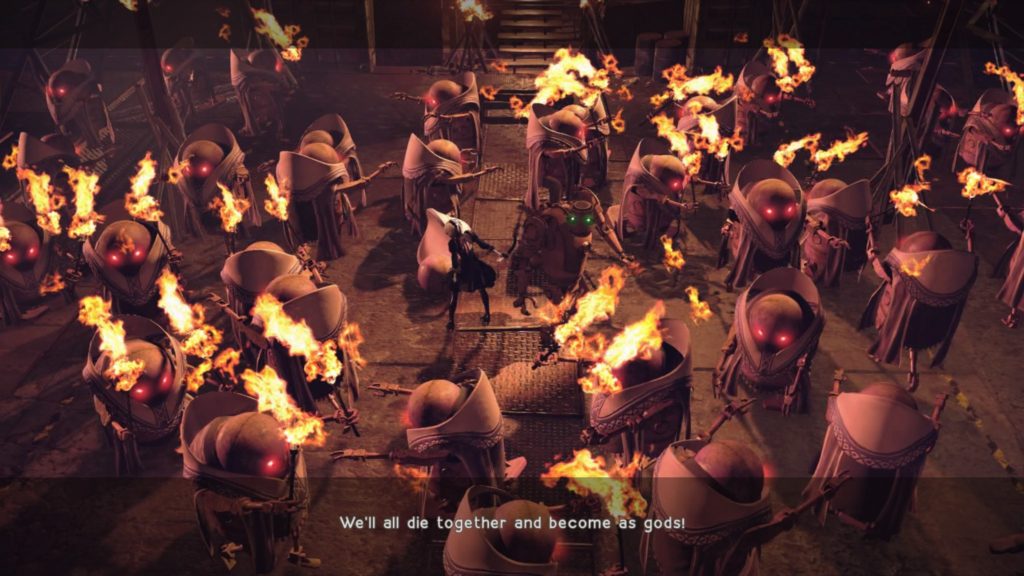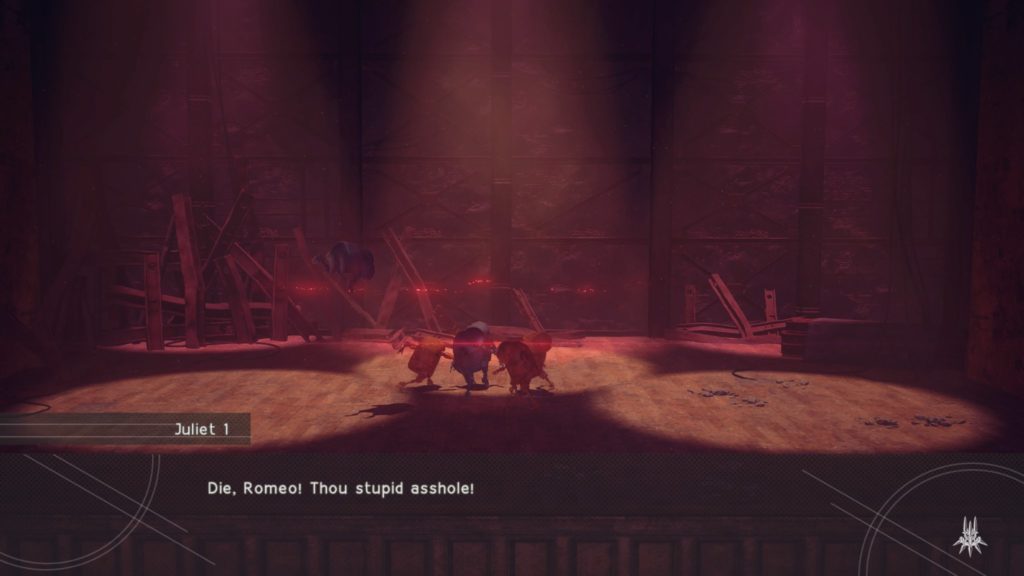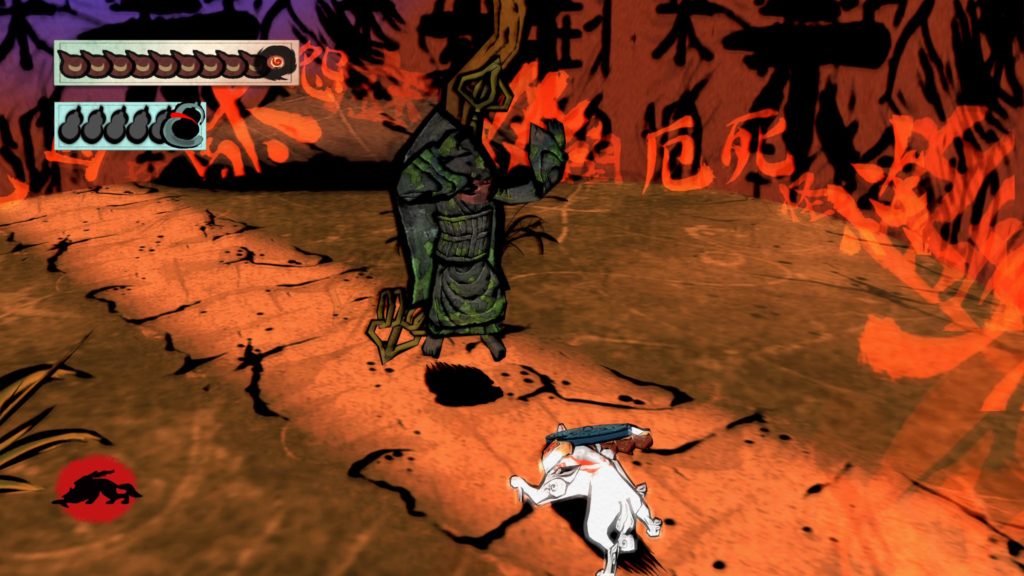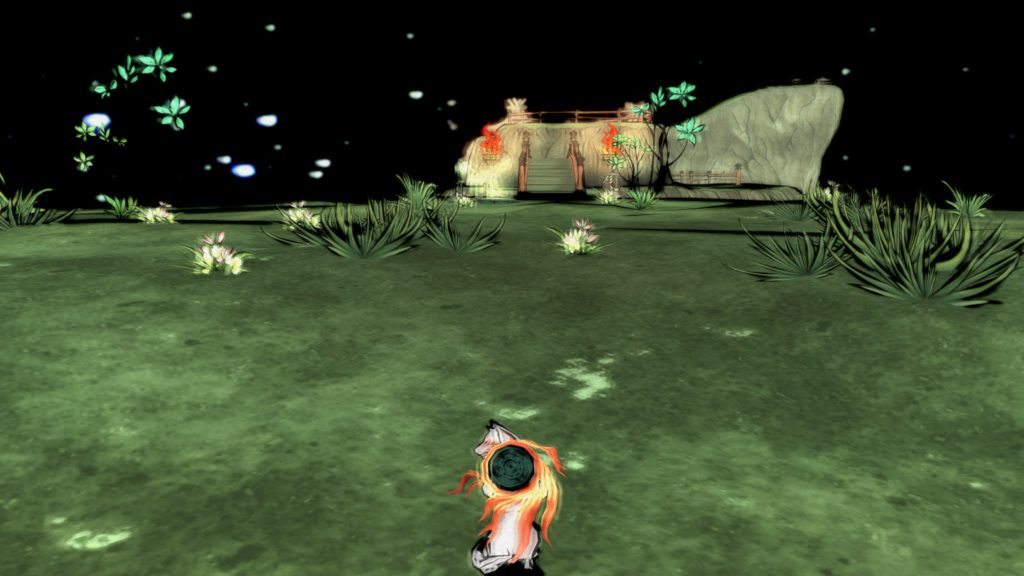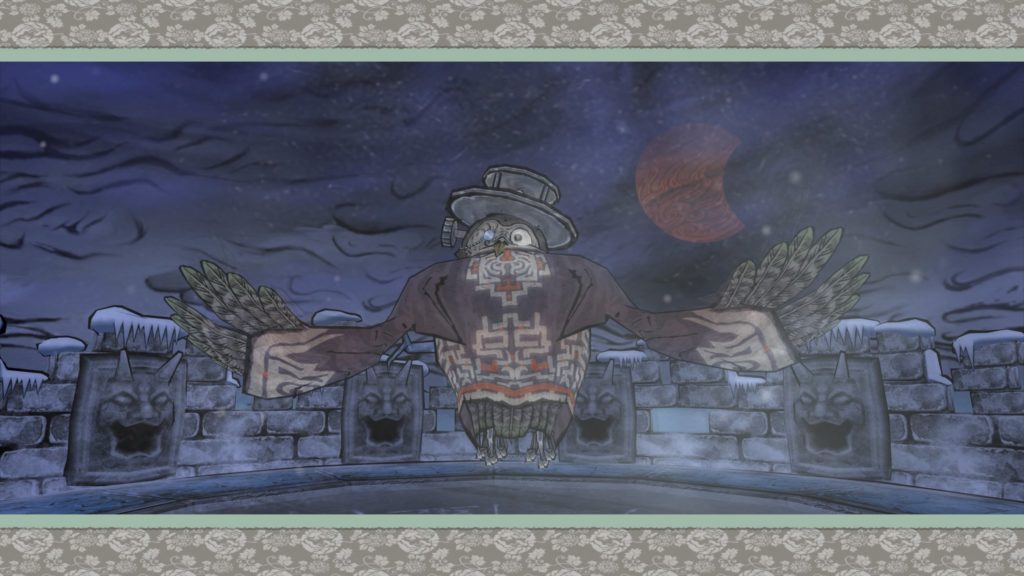- Genre: ARPG
- Platform: PS4
- Also Available On: Windows
TL;DR
- Action-focused RPG battle system that is a lot of fun, even if it’s drastically different than its predecessor
- Biggest negative is the ease of the main story path through the game
- Kingdom-building content is the biggest focus for the player’s power curve improvements, but is going to be love it or hate it
- Lots of side content between collecting citizens and killing tainted monsters
Ni no Kuni II is a bit of a strange game. While it’s technically a sequel, it only loosely shares a setting with the original, completely scrapped the original’s battle system, and more or less scrapped the originals Pokemon-style collection. While it also brought over the visual style of the first game, this one was not done in tandem with Studio Ghibli, so it’s missing a lot of the world charm of the first one. Taken on its own though, this is a really good game. Visually this is still fantastic and is obviously helped being on a generation newer hardware. The characters and story are still light hearted and enjoyable to play. In place of the first game’s combat, we now have a very Tales of action combat system that is strengthened by the inclusion of some collectible helpers. While it doesn’t necessarily succeed across the board, the fact that I got a platinum trophy on it says a lot about how much I enjoyed my time in the game.
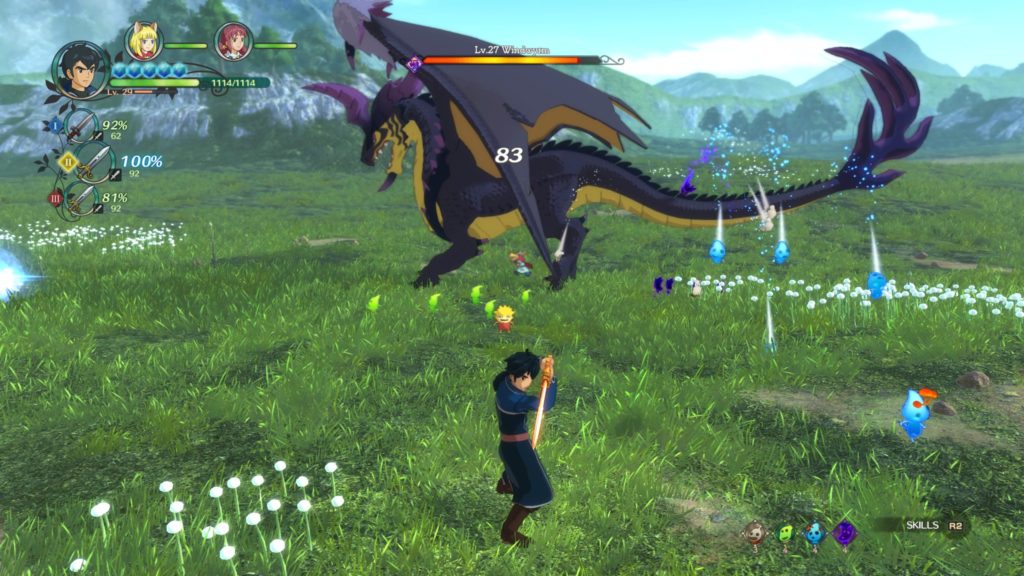
While there are a lot of differences, it’s still pretty obvious this is in the Ni no Kuni franchise and universe. Visually, this is another pretty astounding game. While not directly a Ghibli product, it’s pretty clear that the employees they brought over into Level-5 have continued their legacy in the sequel. The writing also has a lot of that Ghibli feel. Despite the serious underlying story of a child king losing his rule to a coup, the interactions between the story’s main characters are often lighthearted and often pretty funny. It’s not shy about having serious moments, but it also doesn’t take itself too seriously. There’s even a few nods for fans of the original game throughout, despite the sequel taking place presumably a few hundred years in the future.
However, that’s about where the similarities end.
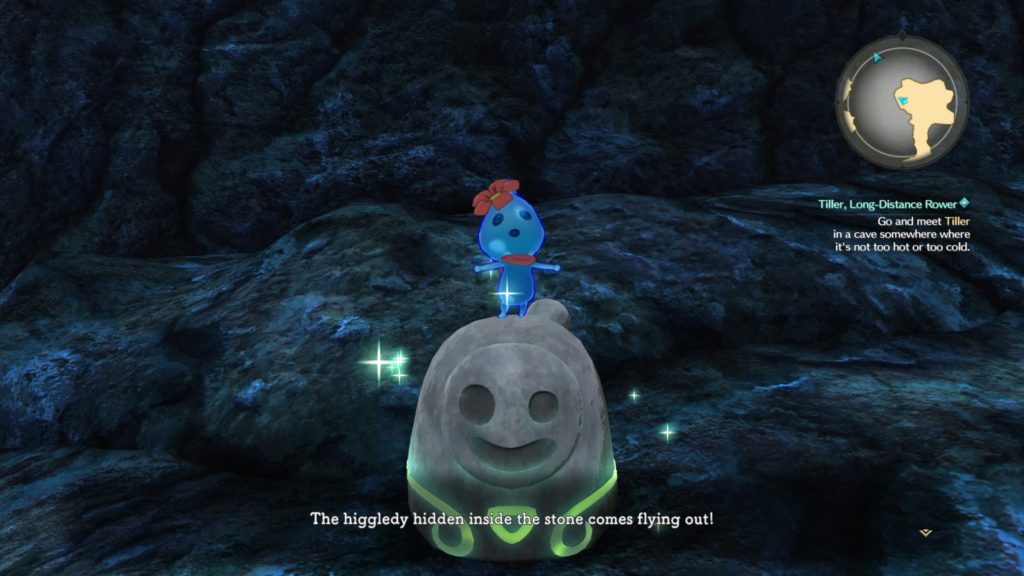
The first obvious difference is that capture and collecting of monsters that you fight in the world is gone. In its place are the capture and collection of Higgledys. These act as little helpers in battle that for the most part act autonomously. Some are attack focused, some are healing focused, etc. While they do all have special attacks that can be used to provide additional support, they generally just kind of existed in my peripheral vision in-battle. Once I had a party of four that worked for me early on, I never switched them out for a new crew, despite the fact that there were dozens to collect. They could also be upgraded for better stats, but again I never really noticed the difference in practical use.
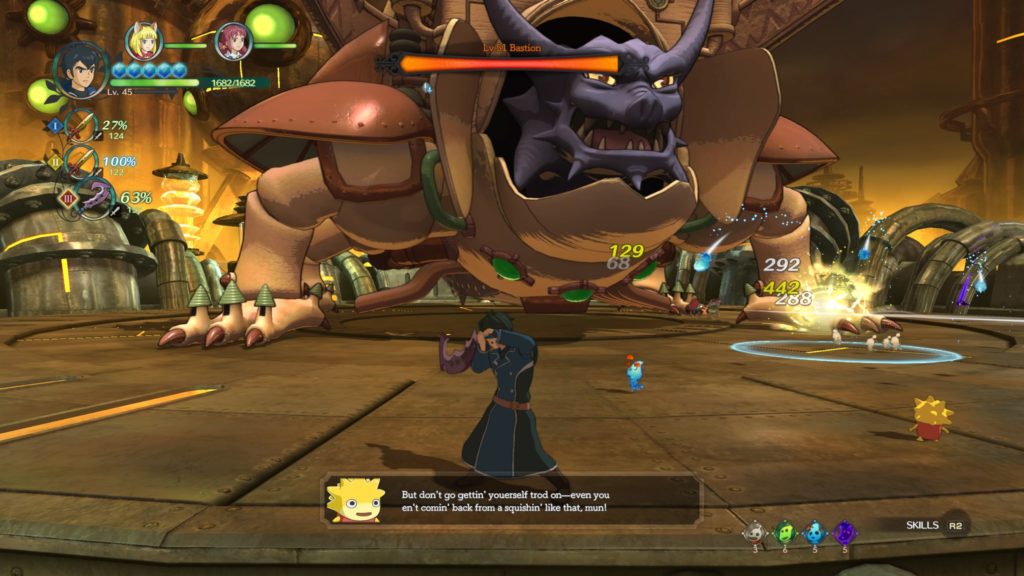
However, the higgledys not being obviously useful didn’t really matter because the combat was a lot of fun on its own. At the end of the day this is pretty close to a straight rip of the Tales of series combat. You have skills and ranged attacks that use a mana resource, two kinds of basic attacks that also recharge mana, items that can be fired off if needed, and occasional special attacks. If that rings like Tales of it’s because it is, but the pace of combat is just as fast as the source and everything feels impactful.
If there’s one real problem with the combat, it’s that the core story path really is just too easy. Most trash can be cleared with an opening skill to clear away the bulk of the pack. Enemies that get killed end up dropping frequent mana and health orbs, so I didn’t really need to use items that frequently. Even on the boss end, the core mechanics around immunity during dodging often meant that I could take literally no damage in a fight if I was being even a little cautious. This is alleviated somewhat by the ability to fight 60 “tainted” monsters, which end up being the real difficult content in the game if done at appropriate levels. However, if you’re the type of player that skips side content in favor of breezing through the story, this won’t help you at all.
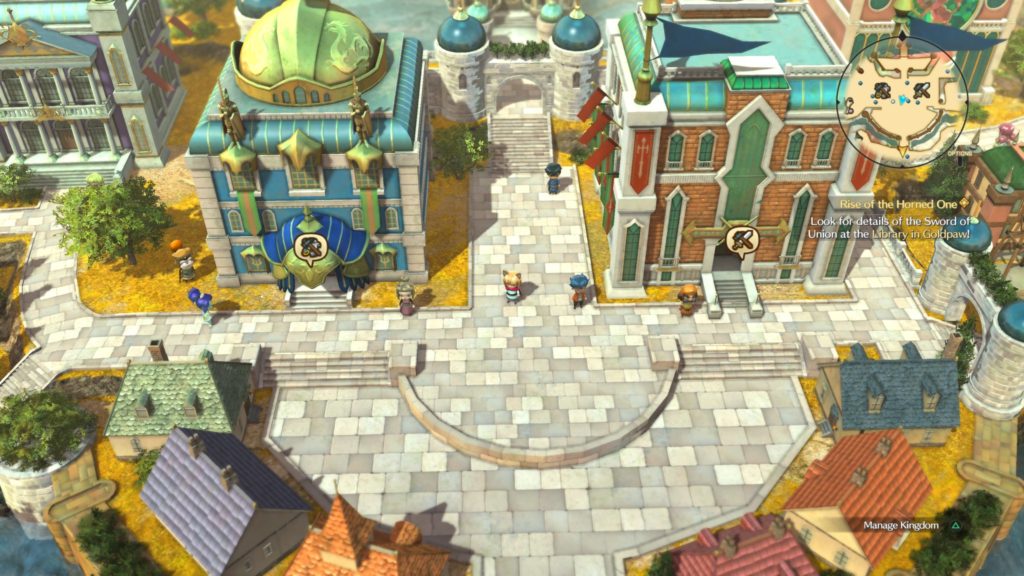
Also on the side content front is the entire ability to build your own kingdom. For me, building the kingdom and dealing with activities associated with it was very likely close to 50% of the time spent in the game. The core loop for kingdom building is to recruit characters, build buildings for their specialty skills, have them work in the buildings, and then either gather resources they find or have them research upgrades. On the upgrade front this could be anything from the ability to craft and upgrade weapons and armor, to buildings that allow you to upgrade your higgledys, to buildings that provide passive effects in battle, and more. In addition, characters must be recruited via completion of side quests AND the characters you recruit also often give their own side quests, so you’ll have the option of spending a lot of time directly dealing with your own citizens.
This is another section where if you don’t like side content, you’re going to simply miss out on a lot what is there. On the other hand, if you want the difficulty of the game to be higher, not upgrading your kingdom is a good way to miss out on a significant portion of your party’s power curve via all the available upgrades. However, if the completionist bug hits you, this is where you will be spending a lot of time.
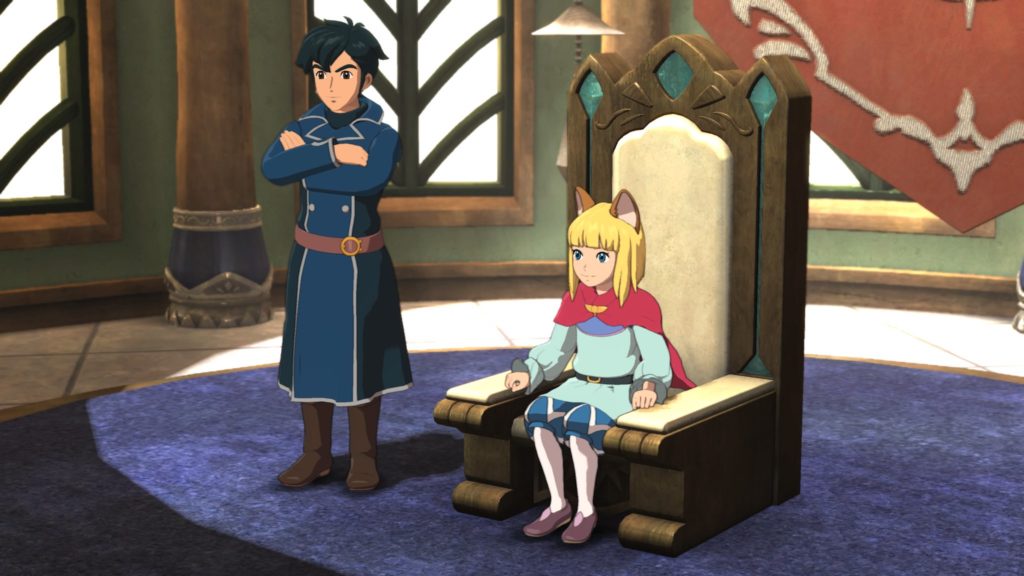
Realistically I enjoyed the hell out of this game and want to recommend it to everyone, but I suspect it’s more niche than my brain is telling me it is. While the action combat system is probably more approachable than the first game’s system, you won’t really see it at its best unless you want to go searching for the actual difficult side monsters. While I enjoyed the kingdom building and side quest process of searching for new citizens, I can see where people would think it’s slow and grindy. While the story is entertaining for me, it definitely tends to lean into some pretty predictable results. If that all still sounds fine to you though, go give this one a try; you certainly won’t find me telling you not to.


